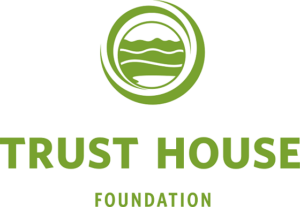The history of the huts on the Hector Track has been documented by Ron Pynenburg in his report published in 1981. The following highlights some of the stages of the development of the track.
In 1895 a Coach track across the range from the Otaki to Woodside railway stations was thought to be feasible. From the eastern entrance at Woodsdide over Mt Reeves and on to Alpha. And from the Dress Circle, following a leading ridge into the Waiotauru then connecting with the road up the Otaki Gorge.
This concept was soon found to be prohibitive and the alternative of a Stock was envisaged. This track would travel over Mt Hector and down Judd Ridge to Otaki Forks. The flatter tussock areas around Aston were though to be plentiful grazing for stock but this concept was also dropped.
In 1909 William Field, MP for Otaki became involved in the concept.
Around 1910 the idea of “Track Committees” at the Otaki and Greytown ends of the route were proposed. There was a vision that a walking track over the range would be one of the most popular “in the Dominion” for use by tourists. Called the Hector Track.
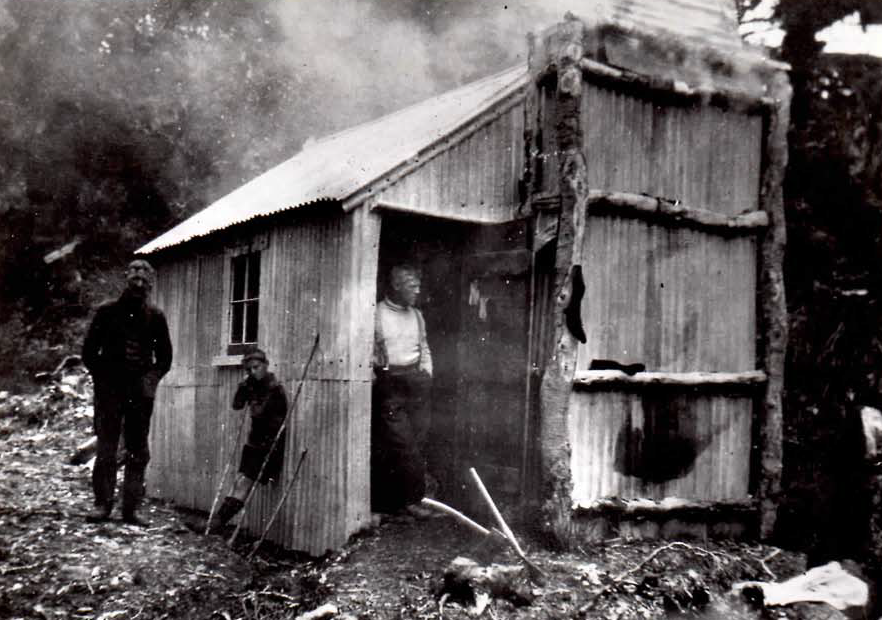
Ron’s research found that the eastern section of the route for the track had been following the tops from Mt Hector to Alpha and then down to the upper Tauherenikau and exiting over Mt Reeves. The Greytown committee decided differently. When work of the eastern access to the track began in 1910, the Greytown committee drew up a proposal that differed significantly, and actually proposed to follow the ridge from Mt Reeves, along to Cone and on to Hector along the Neil-Winchcombe ridge. When the eastern work began on the Hector track, the route was taken to the summit of Mt Reeves, with the intention of continuing along the Cone and Neil-Winchcombe ridges. When this was determined to be too difficult to undertake, the track contractors took the route down to the upper Tauherenikau valley then up over Bull Mound and to Alpha. By 1912 a walking track had been cut to Alpha and in 1914 work began on a horse track over Bull Mound to Alpha. And by 1917 the Alpha and Top Tauherenikau huts were built
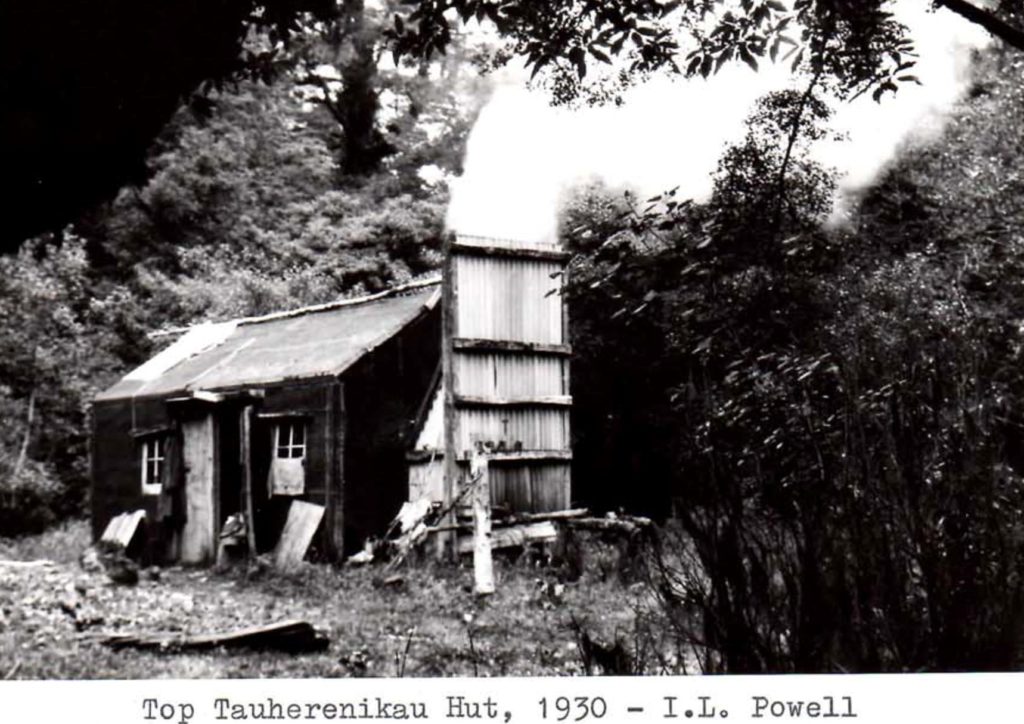
The Top Tauherenikau hut
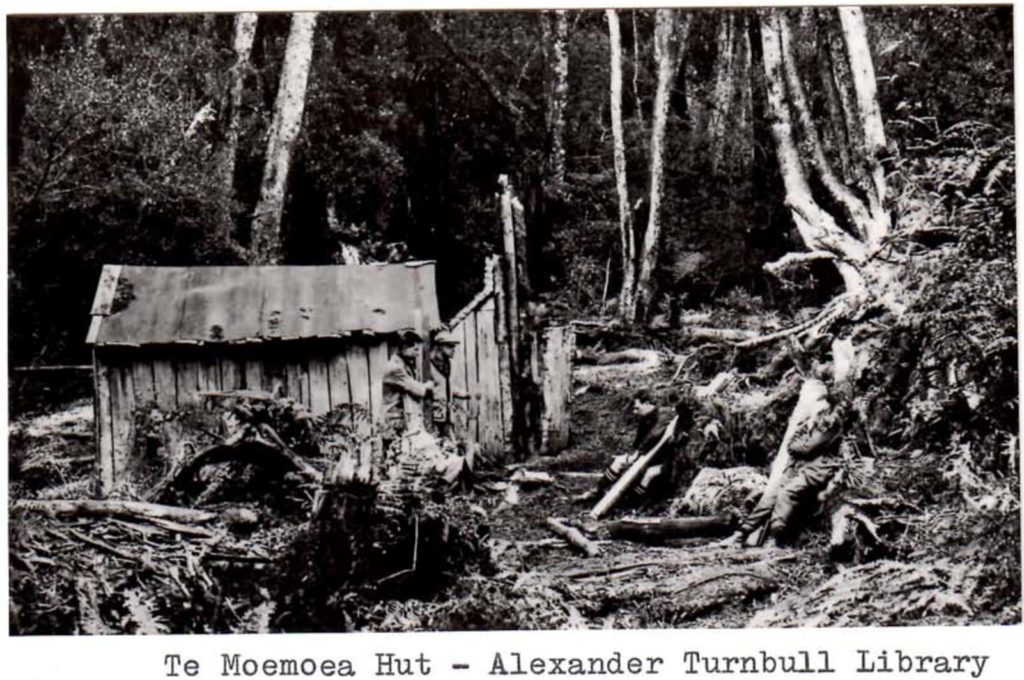
At the Otaki end, by 1919 track work had begun and a small slab hut called Te Moemoe hut had been built in the bush at the beginning of the track. Huts were also planned for Table Top and near Hector.
In 1919 a proposal to form a Tararua Club was promoted by FW Vosseler and in July 1919 a meeting called by Vossler and Field resulted in the formation of the Tararua tramping Club (TTC). This was the first tramping club in New Zealand with one of its aims of popularising the Hector track. Difficulty was found in getting contractors to do the work and students from Victoria University were engaged during their vacation. This resulted in the formation of the Victoria University of Wellington Tramping Club (VUWTC). This was to be the second tramping club in the country.
Tramping parties had begun using the route and in 1922 on the first official crossing by the Tararua tramping Club saw the party get into difficulties resulting in the tragic death of Harold Freeman. Then in June EJ Kime died while trying to return to Alpha hut when he and his companion AA Balloons got lost in mist and on the Dress Circle during cold southerly winds. Kime was eventually carried to Alpha hut in a poor state but attempts to revive him failed.
These events highlighted the risks of the exposed Tararua tops and among the recommendations from the coroners inquest was the need for a hut located between Field Peak and Hector. In 1922 a small hut on Hector was built (commonly known as the Hector Dog Box). This hut was eventually destroyed by wind.
Further hut work was planned, and in 1922 bushman Joe Gibbs undertook extensions to Alpha hut. Joe also cut the Marchant Ridge track, which was seen as a preferable route for Wellington based trampers.

In 1924 Joe was contracted to build the hut in the vicinity of Table top, resulting in Field hut that is the only remnant of the original Hector track huts. Field hut 1925. With saw pits still present. Photo B Liddle
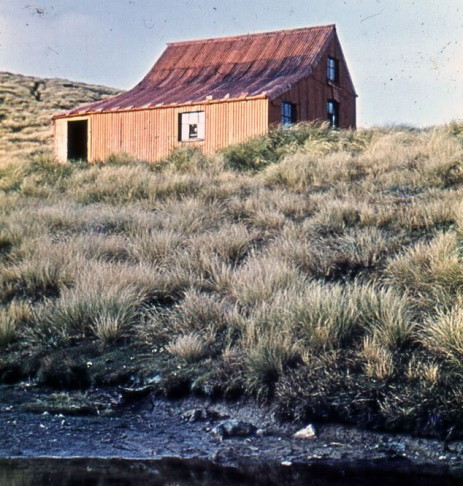
In 1930 the last of the proposed huts were built by Joe Gibbs, For Kime Hut, like Field hut, the framing timbers were pit sawn in the bush above Otaki Forks and all materials taken by horseback to the Kime hut site
The southern entrance at Kaitoke had become the most popular access route on the eastern side of the range. Rough bivouacs had been built at the southern end of the Marchant Ridge and in 1941 the third Dobsons hut had been built by the TTC. The southern entrance at Kaitoke had become the most popular access route on the eastern side of the range. Rough bivouacs had been built at the southern end of the Marchant Ridge and in 1941 the third Dobsons hut had been built by the TTC.
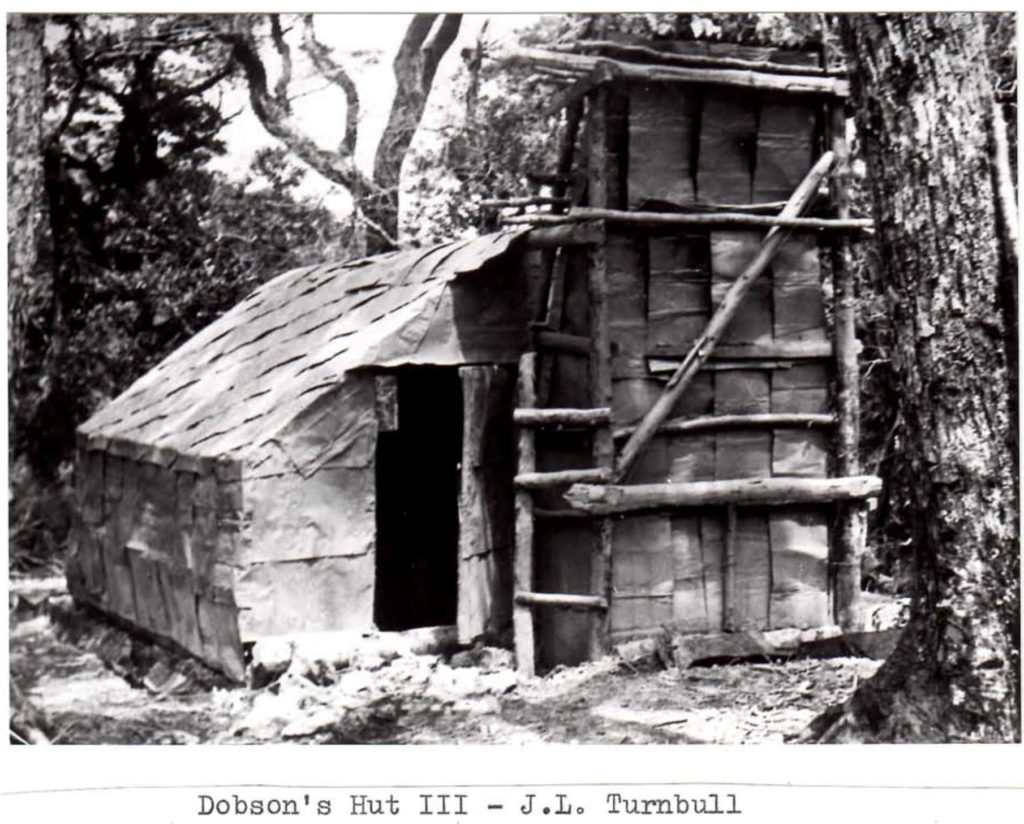
By 1945 the Top Tauherenikau hut had become derelict and some of the remains were used by the TTC to build Cone hut. Today, aside from Field hut, of the original huts built, Alpha and Kime huts (Both of these huts have been replaced twice) are the only two other huts remaining on what was the Hector track. Now known as the Southern Crossing.
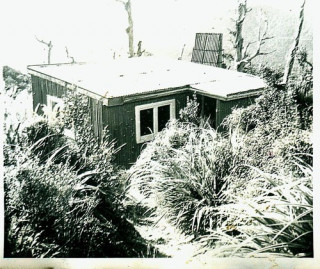
Dobsons No 4. Built by the Tararua Tramping Club, it was opened on 7 November, 1954. It was the fourth Dobsons Hut in this area, the previous one was located a few hundred yards along the ridge. Dobsons Hut No. 2 was dismantled by the NZ Army & flown out by DOC in July, 1994 (the hut suffered from vandalism). Photo D Field 1963


